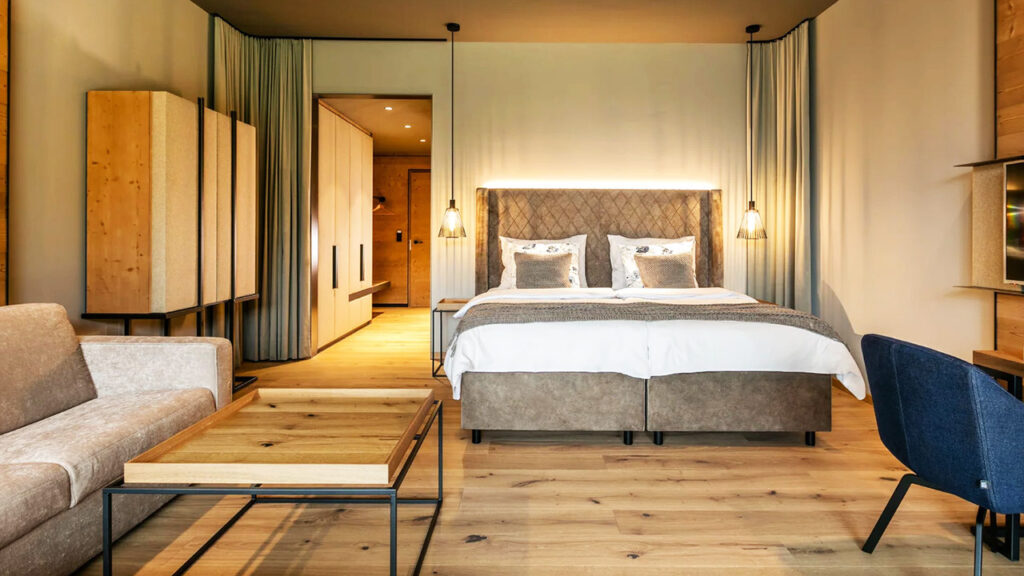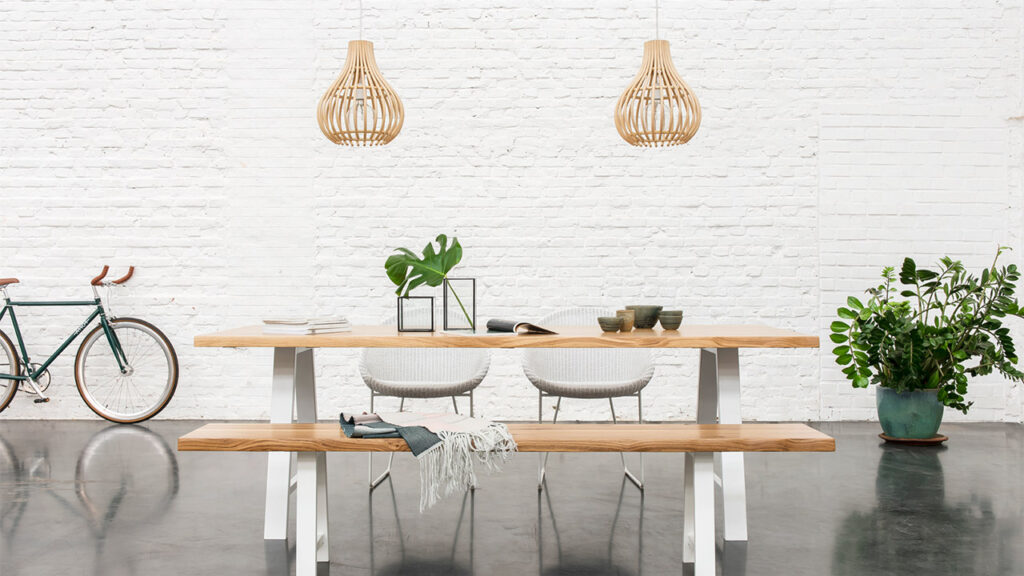How to Plan a Hotel Guest Room Lighting
Whatever the reason, for vacation or business, leisure or education, people spend some of their time in hotels. Their positive or negative experiences depend on several factors, but the visual impact is the first of them. Lighting plays a leading role in the creation of this attractive visual that visitors will appreciate.

Whatever the reason, for vacation or business, leisure or education, people spend some of their time in hotels. Their positive or negative experiences depend on several factors, but the visual impact is the first of them. Lighting plays a leading role in the creation of this attractive visual that visitors will appreciate.
In its most general definition, hospitality lighting is the combination of aesthetics and functionality. Hotel guest rooms host a large number of people, each with different tastes when it comes to lighting preferences and needs during the stay.
To always provide the right lighting for various requirements, a room should have layers of light and easy controls for hotel guests.
The layered approach to guest room lighting design is essential.
Hotel guests use their rooms mainly at night, so lighting has a crucial role in their comfort and total ambiance.
Rooms and suites have a wide variety of function zones;
- Working
- Reading
- Watching TV
- Resting
- Sleeping
- Dressing
- Makeup
So lighting also needs to be multifunctional.
Luminaire types for each lighting zone;
- Downlights, for ambient lighting
- Table lamp, floor lamp, reading lamp for working and reading
- Wall sconces, table lamps with shades, cove lighting for resting
- Cabinet lights or downlights for dressing
- Mirror with integral lighting or downlights for makeup
- Wall recessed fixtures for orientation (to illuminate the floor smoothly )
- Adjustable lights for artworks or object lighting
In addition to the technical features, materials, colors, and styles of the lighting fixtures should be compatible with the interior decoration style. In this respect lighting designer has to make decisions together with the architect.
It should be ensured that guests can control these various lighting products used in the rooms. A multi-functional control unit that controls lighting and curtains as well as mechanical systems will allow users to adjust the level and distribution of light in the room as they wish.
Central switches should be placed at the room entrances and also at the headboards for practicality of use.
Welcoming a hotel guest who will enter the room for the first time with a automatic welcome lighting will create a pleasant effect on people. In addition to the visual presentations created and ease of use, in-room automation generally means energy savings for the hotel business.
What affects lighting in a guest room?
The main point in the hotel room lighting design is planning the lighting together with interior design and furnishing. Because reaching the required lighting levels depends on surface reflections. The color and texture of the used materials reduce or increase the light reflection. Woods, carpets, and fabrics with dark colors need much more light for visual comfort than light colors.
Light color temperature is another feature of light source that affects the overall appearance. Warm light colors are suitable for a comfortable environment, but the designer should pay attention to the effect the light he uses on colors.
A high color rendering index is also required to perceive the details and textures. (CRI)
In addition to all the general acceptances, each hotel chain has its specific standards. These requirements vary depending on the style, budget of the hotel, and the certificates it wishes to have.
For this reason, from the very beginning of the lighting design, the designer must have this information and prepare the lighting plans and calculations accordingly. For example, the degree of sustainability certification targeted by a hotel will affect the amount and duration of mandatory natural light use and the choice of artificial light systems.
While the hospitality sector works to create unique and unforgettable spaces for its guests, professional lighting design also serves this purpose in line with the needs of the guests. Aesthetics, energy-saving, sustainability, and smart control systems steer lighting design. However, the aim should always be to develop a practical and balanced lighting scheme that can bring comfort and safety together.
Sources:
https://www.erco.com/
https://www.hotelmanagement.net/
https://www.zumtobel.com/
https://www.nultylighting.co.uk/blog/hotels-evolving-environment-architectural-lighting-design/






Thanks for finally writing about this important topic. I love lighting design.
Thanks in support of sharing such a good thought, piece of writing is pleasant, thats
why i have read it completely
Aloha, makemake wau eʻike i kāu kumukūʻai.
thanks, interesting read